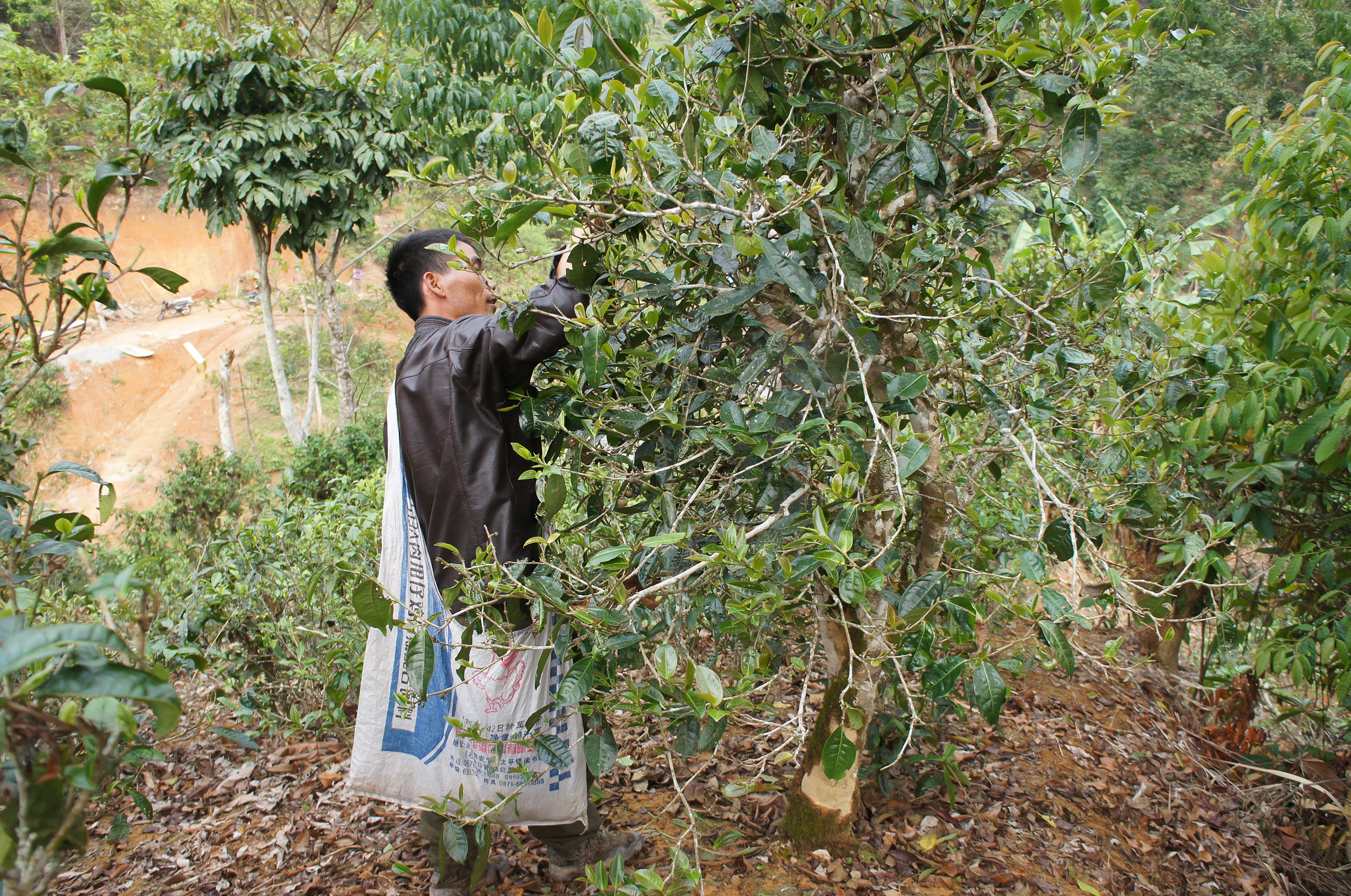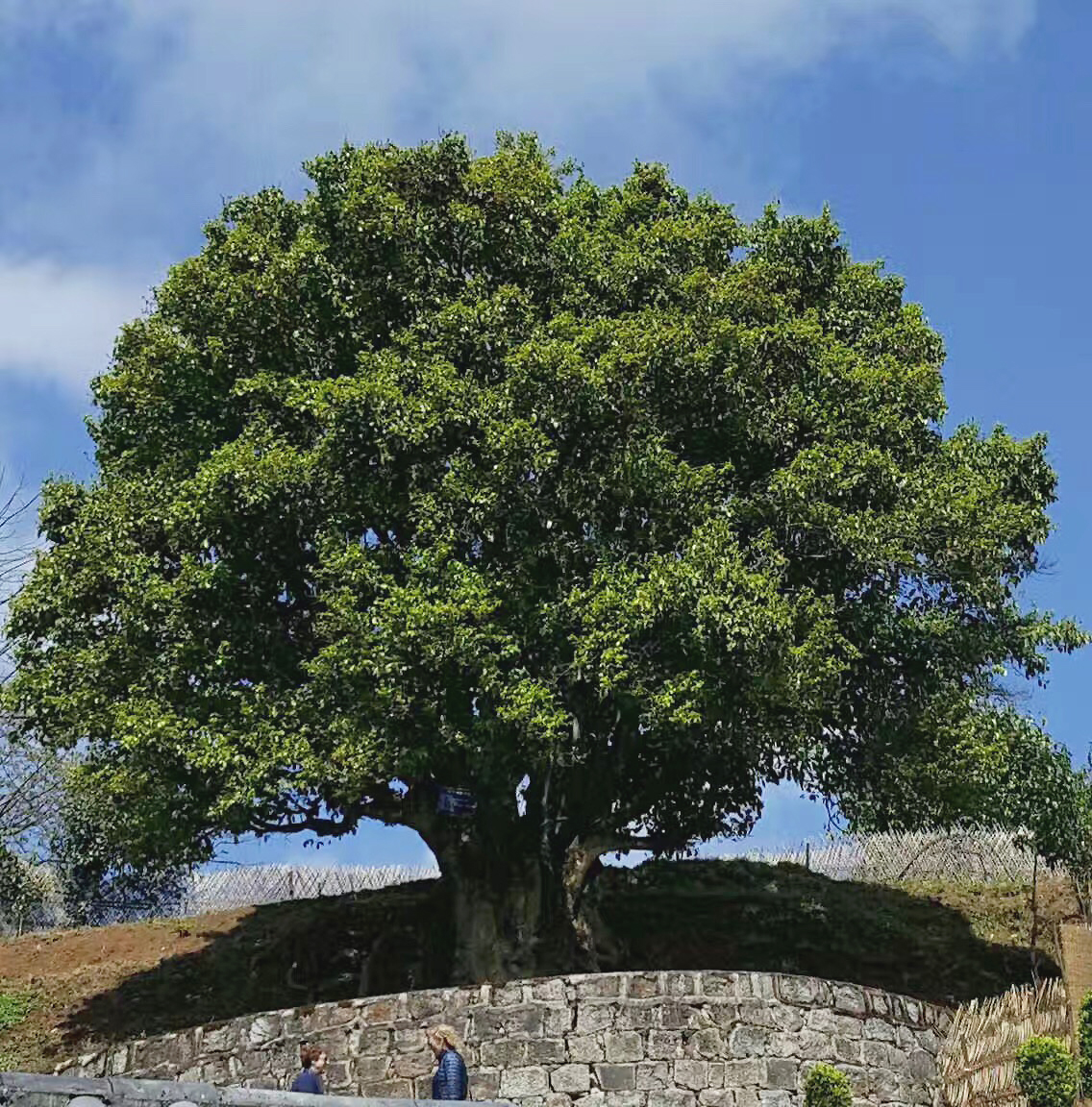Newsletter Oct. 1, 2021
Fengqing County, this far-out corner of China, is full of contradictions. As a tea origin, it’s imagined as both the youngest and the oldest. Its agriculture is both large-scale and small. It’s a center for common commodity tea but also the rare, unusual and radically inventive.
This story of contradictory identity starts in the damp cold of November 1938. With China under attack and the world on the precipice of global-war, two crop scientists arrived in Yunnan’s Fengqing County with a special mission.

Feng Shaoqiu and Fang Hejun were here to make tea — black tea, specifically. Under directive of the Chinese Nationalist government, the two were sent to Fengqing to develop a new base for black tea production and export to replace those that had been cut off by the Japanese invasion in the east. Feng and Fang came from posts in Qimen County. At the time, Qimen County and Fujian Province had made up the core of China’s black tea export industry until their land and the trade ports they depended on were overrun and pulled into warfare and occupation.
The tea men found Fengqing’s environment and tea plants more than adequate for their mission. The two had never encountered the large, thick leaves and tall growing tea “trees” of the Camellia sinensis var. assamica tea plants that grew here. They set to work making their first batches of black tea, building a factory, and training a workforce. With these resources they made what may have been China’s first Assam variety black tea, processed from just two leaves and a bud. Yunnan black tea (aka Dianhong) was born from efforts that have since proved long-lasting. Eight decades later now, their mission served as the basis for an industry that’s progressed farther than they ever could have imagined.
Although tea production here was likely designed as an export commodity to make quick cash, the legacy of Fengqing County’s Dianhong is far from simple “commodity tea.” The large stylish buds of Fengqing’s plants, golden in color when properly oxidized, became a hallmark of the origin. By 1959, Fengqing tea makers produced their first all bud tea. It was quite a daring feat on account of the difficulty of achieving even oxidation throughout dense leaf buds and also the risk of ruining such a labor-intensive all-bud pluck. This is the equivalent to the tea we know as Jinya (Yunnan Golden Buds), a carefully crafted ultra-premium tea somehow made at a commodity tea factory amidst the tumult of the Great Leap forward.

Fengqing County’s prestige now ranks alongside Qimen and Fujian as China’s classic bases of black tea production. It’s thought of as the youngest of the three origins, but tea has been here well before any historical records. Yunnan’s highland rainforests are likely the origins of the tea plant.Old tea plant specimens abound in the area among the rest of its incredible biodiversity. Laoshu Dianhong is one such example, produced using only leaves from the rare Camellia taliensis tea species. Fengqing is also home to what may be the oldest living tea plant, the Fengqing tree.
Feng and Fang’s production base still survives to this day. It is the home of the large Dianhong Group factory which produces a high volume of black tea, from tea bag dust to high-end small productions that measure up to any of the high-end black teas in China’s black tea renaissance. There are many small-holders who are crafting black tea here as well. These small producers may sell their fresh leaf to the larger factories as well producing their own teas.
Feng and Fang’s legacy in Fengqing black tea has been so successful because it has leveraged these apparent contradictions — producers large and the small, markets both premium and commodity, its ancient cradle of tea plants and its industry newly designed from scratch.
